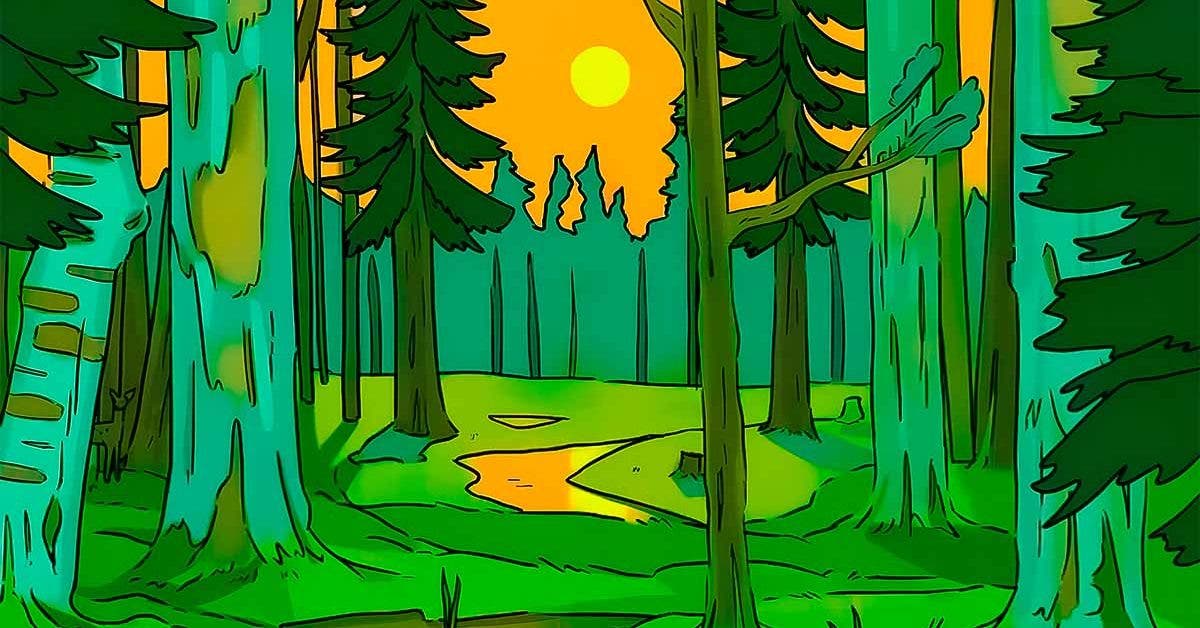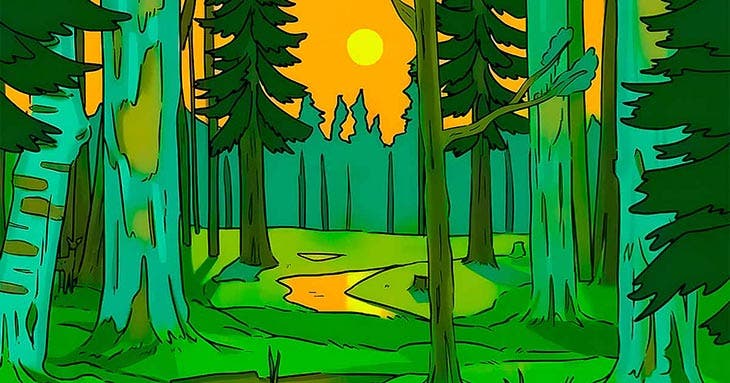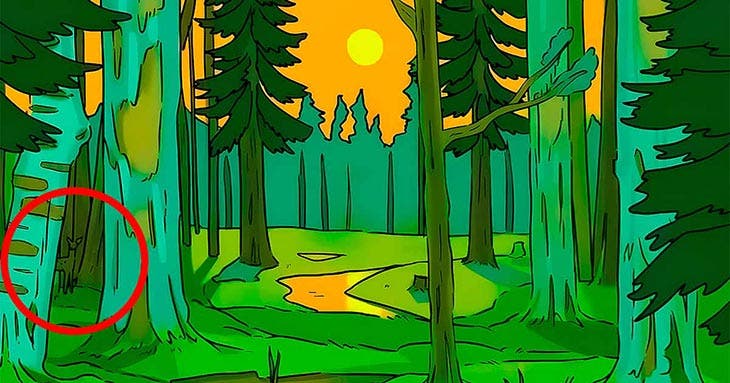
Opinion
Summary
Today’s Challenge: Spot Deer in the Forest in Less than 17 SecondsOptical Illusion SolutionHow do optical illusions work?
Today’s Challenge: Spot Deer in the Forest in Less than 17 Seconds
In the illustration below, you can admire a forest with a beautiful sunset in the background. There are trees everywhere and greenery as far as the eye can see. But, somewhere in the picture, hides a deer. Could you spot it quickly? You have 17 seconds to try to locate it. A priori, you have plenty of time to find it, unless your gaze lingers on misleading details. This is the time to use your faculties of observation and attention.
Optical illusions are very useful for determining the capabilities of a person’s visual acuity. Of course, the animal in question can be anywhere. It’s up to you to concentrate as much as possible and have an intelligent overview so as not to miss it.

Optical illusion solution
If you managed to find the deer after just a few seconds, we congratulate you on your sharp mind and great observation skills. Despite the different elements on the image and the colors that are confusing, you were able to brave the obstacles quickly.
On the other hand, for those who have exceeded the regulation time or who still have not found the animal, it may be wiser to train more with this type of exercise to stimulate your visual acuity. Look at the image again and look at the right side. Yes, this is where the famous deer hidden behind the trees was. It is circled in red in the image below:

How do these optical illusions work?
Although it is very complex to understand the mechanism that prevents us from perceiving certain things as they really are, we know that the images that our eyes capture are processed and interpreted by the brain in such a way that they make sense to it.
Optical illusions put our brain to the test since it perceives a distorted reality. This happens, for example, when we watch a movie. We can see a succession of images or a single static with several different details, but they pass so quickly, that they seem animated to us. The brain analyzes a lot of information related to colors, shapes, texture, size and movement. If this information is confusing, he will not interpret it correctly and probably miss some well-hidden details.





